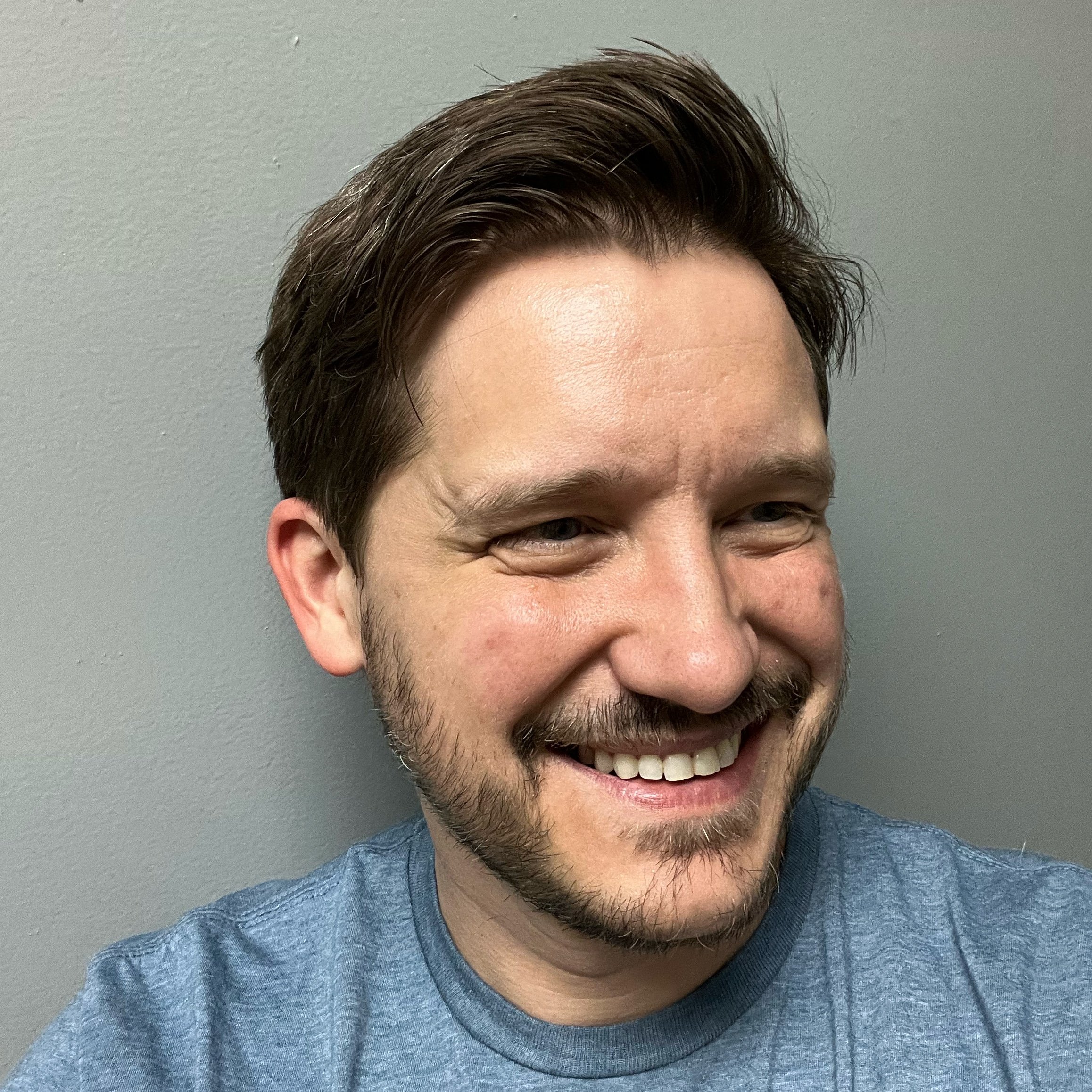Prayer for Anxiety and Panic Attacks | Faith & Science Guide
Estimated reading time: 7 minutes
Introduction
God never designed His children to stagger through the day under a cloud of dread. Nevertheless, many believers wake with a racing pulse or endure a sudden surge of terror in the grocery aisle. My pastoral counseling practice confirms that Christians often ignore the body’s alarms until panic roars. Therefore, this guide explains how prayer for anxiety and panic attacks blends Scripture, neuroscience, and practical action so you can walk forward in peace. We will unpack common triggers, demonstrate prayer techniques that settle the nervous system, and show when professional help makes sense. Moreover, each step honors both faith and evidence. Because Jesus invites weary hearts to rest, you can expect measurable change as you practice these principles.
In the pages ahead you will discover how a single focused breath prayer can slow your heart within sixty seconds; how a supportive community cushions stress hormones; and how cognitive‑behavioral therapy pairs perfectly with daily Scripture meditation. Alongside these tools you will find research links from the National Institute of Mental Health, Harvard Health, and Mayo Clinic. Finally, you will meet real believers who moved from daily panic attacks to vibrant service after aligning medical care with persistent prayer. If anxiety stalks your mornings or panic steals your sleep, take heart—the peace of Christ is nearer than your next breath, and scientific insight can guide you toward it.
Why Anxiety and Panic Happen
Anxiety begins as a natural warning system. The amygdala flashes danger, the hypothalamus releases adrenaline, and your heart races—as God intended when a lion roars. However, modern life rarely involves lions. Instead, crowded schedules, unfiltered newsfeeds, and unresolved trauma convince the brain that danger lurks everywhere. Consequently, the sympathetic nervous system stays activated, muscles tighten, and worst‑case scenarios loop endlessly. Genetics magnify the effect, as do stimulants like excess caffeine. Even subtle theology matters: when believers picture God as distant or harsh, the soul never feels safe enough to relax.
Meanwhile, short sleep cripples the prefrontal cortex—the very region that calms alarms. These overlapping factors explain why you might feel chest tightness during a church potluck or dizziness in a peaceful carpool line. Yet knowledge empowers action. Limiting media intake by thirty percent drops cortisol within days, and swapping a late‑afternoon coffee for chamomile tea trims adrenaline spikes. Moreover, meditating on God’s kindness rewires neural pathways toward safety. Understanding root causes sets the stage for effective prayer for anxiety and panic attacks because you will pray with insight, make lifestyle changes that target specific triggers, and cooperate fully with medical advice.

Prayer for Anxiety and Panic Attacks: Faith‑Based Tools
Persistent worry loses traction when you speak it directly to the Father. Begin each inhalation with the ancient Jesus Prayer—“Lord Jesus Christ, have mercy on me”—and exhale, “I receive Your peace.” Harvard research shows that slow diaphragmatic breathing paired with a focus word activates the vagus nerve, lowering heart rate within minutes. Philippians 4:6‑7 outlines the same sequence: pray, give thanks, and receive peace that guards heart and mind. While you breathe, picture those verses as a shield wrapping your chest.
Keep a gratitude journal to redirect rumination; list three gifts each evening and thank God aloud. Over time, this cognitive shift forms fresh synapses that outpace fear pathways. Because Scripture urges us to “cast all anxiety” on the Lord, act it out: write a worry on paper, pray over it, then shred the page. Such kinesthetic prayer teaches your body that the burden has moved. Furthermore, invite two friends to intercede with you weekly on video. Jesus promises His presence where two gather, and group prayer offers relational safety that quiets the limbic system. Effective prayer for anxiety and panic attacks is never frantic—it is a confident conversation with a loving Father.
For deeper biblical encouragement explore our cornerstone post Bible Verses for Anxiety, which supplies 50 verses you can adapt into breath prayers.
Integrating Professional Help
Modern medicine exists because God gifts wisdom to researchers and compassion to clinicians. When anxiety keeps you from driving, sleeping, or serving, a licensed therapist or psychiatrist can accelerate healing. Cognitive‑behavioral therapy (CBT) teaches you to spot automatic lies—“I will faint in this checkout line”—and replace them with truth—“My body is safe and the Lord is near.” NIMH studies show CBT can cut panic frequency by sixty percent within twelve sessions.
Selective serotonin re‑uptake inhibitors gently balance neurotransmitters so adaptive thoughts gain traction. Medication does not erase faith; rather, it lowers physiological volume so you can hear God’s voice. Because many clinicians welcome spirituality, request integrated sessions that open and close with prayer. Church support groups supply peer accountability between appointments; see our guide Faith & Science for Social Anxiety for group ideas. Practically, keep a mood log to share with your doctor—clear data speeds dosage adjustments. Ultimately, combining professional assistance with daily prayer for anxiety and panic attacks demonstrates wise stewardship of soul and body, echoing Luke the physician’s example.

Resources & Products to Support Prayer For Anxiety And Panic Attacks
Strategic tools reinforce your daily habits. First, install the free Abide Bible‑meditation app; its bedtime stories pair Scripture with slow narration that encourages diaphragmatic breathing. Second, try a simple finger pulse‑oximeter and watch your heart rate drop while you pray—biofeedback trains calm responses. Third, noise‑canceling headphones reduce overload during crowded worship so you can concentrate on God’s whisper. Additionally, Max Lucado’s Anxious for Nothing offers weekly reflections perfect for a small‑group study.
Remember, gadgets never replace prayer for anxiety and panic attacks; they serve as scaffolding until new neural pathways solidify. If budget is tight, borrow resources from your church library or trade equipment with friends. Moreover, print a pocket‑sized Scripture card with Philippians 4:7 and tape it to your phone case—every glance becomes a micro‑prayer that steers thought patterns toward hope. For more daily techniques visit our cornerstone tutorials on Deep Breathing and Christian Meditation for Anxiety.
Conclusion & Next Steps
Your struggle is real, yet it is beatable. When you weave steady prayer for anxiety and panic attacks with evidence‑based tools, each breath reminds you that Christ reigns and anxiety does not. Review the causes, implement the solutions, and track small wins—many readers see panic episodes drop by half within six weeks of combining breath prayers with CBT homework. Celebrate progress; thanksgiving strengthens neural resilience and honors God.
Schedule monthly check‑ins with a trusted friend who will ask whether you practiced the techniques. Accountability turns good intentions into habits. Then teach someone else what you learn—sharing multiplies joy and cements knowledge. Because God delights in liberating captives, anticipate continued progress. Whenever setbacks arise, remember Peter’s stormy sea moment: Jesus reached out immediately; He will do the same for you today.
Even if complete freedom feels distant, gradual relief still transforms life. Romans 15:13 promises that the God of hope will fill you with all joy and peace as you trust Him—expect that promise every morning. Download the full research PDF below, keep it on your device, and reread the evidence whenever doubt whispers that prayer will not work. Evidence and revelation agree: you can live unafraid.







